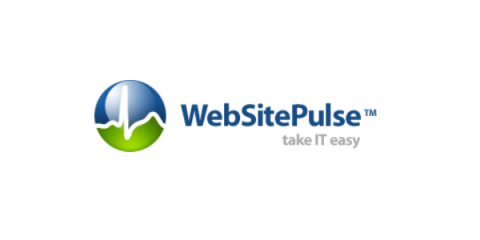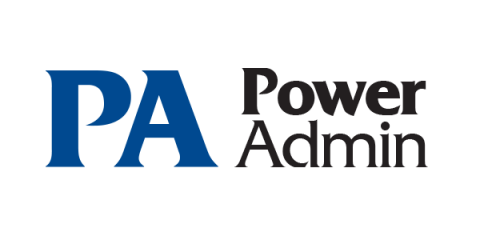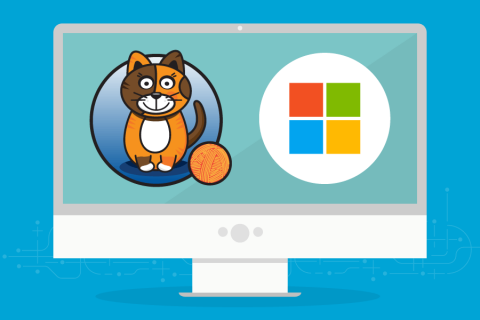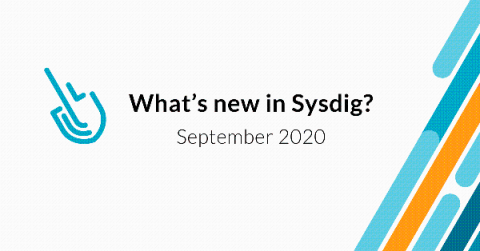9 Smart Ways to Keep Customer Data Secure on Your E-Commerce Website
E-commerce has now revolutionized the way that people shop. But one of the biggest challenges a lot of e-commerce owners face today is website security. Although selling online opens doors for many opportunities, keeping your site safe from phishing, hacking, and other cyber attacks can be a nightmare for a lot of online business owners. Also, the risk is even higher because the choice of security provisions is often beyond your reach.











